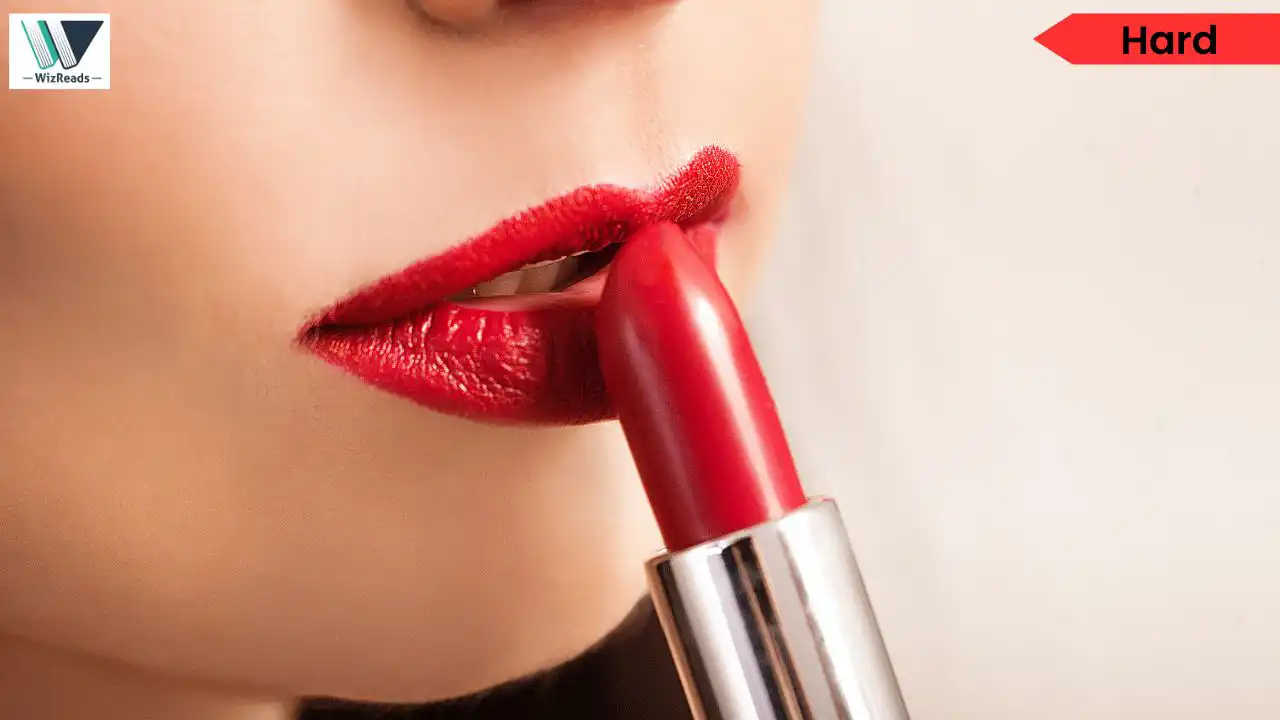
Newsletter Subscribe
Enter your email address below and subscribe to our newsletter

Enter your email address below and subscribe to our newsletter

Is your makeup routine actually a political statement? Let’s examine how lipstick has evolved from being associated with witchcraft and courtesans to becoming a symbol of feminist defiance and personal empowerment. Explore how something as simple as color choice can represent resistance against societal expectations and create joy in restrictive environments.
Read these challenging RC passage(s) in Social Sciences and answer the question(s) that follows. You can choose the GMAT style Reading Passage and the question or the GRE RC variant and answer the GRE-style question. Even better, you could solve both.
Lipstick has evolved beyond cosmetic enhancement to function as a powerful form of social and political expression. Throughout history, lip coloration has occupied a contested position at the intersection of gender, class, and power dynamics. In ancient societies, cosmetic demarcations enforced social hierarchies—ancient Greek courtesans were required to wear lip color while elite women were prohibited from it, creating visible class distinctions. This regulatory function continued through subsequent eras, with lipstick acquiring additional layers of cultural significance that transcended its decorative purpose.
Modern feminist discourse has reclaimed lipstick from its previously controversial status. While earlier feminist critiques positioned cosmetics as tools of patriarchal control, contemporary analysis reframes makeup as a medium for self-determination and cultural resistance. This theoretical shift parallels the expansion of lipstick’s visual language—from traditional beauty enhancement to deliberate social statements. Today’s diverse color palettes and formulations, from socialist red to unconventional greens and blacks, enable expressions ranging from political solidarity to artistic subversion.
Critics maintain that feminine enhancement creates problematic sexual signaling, especially in professional environments. However, these arguments grounded in biology ignore the complex motivations cited by users themselves. For many, applying lipstick represents visibility, self-expression, and connection to a feminine community. These personal choices constitute deliberate acts of resistance in spaces where masculinity remains the default aesthetic. By embracing a deliberately feminine appearance in professional and public spheres, lipstick wearers challenge normative expectations through small but meaningful daily acts of joyful defiance.
The passage shows that lipstick’s role has expanded from signaling social control to enabling personal and political expression, making its cultural meaning more multifaceted.
Options (B) contradicts the passage and option (A) is incorrect because the passage does not associate color variety to feminist shifts. Option (C) overstates the passage’s claim; earlier associations are reinterpreted, not completely eradicated. Option (D) makes an unsupported generalization about most professional women’s intentions.
Correct Answer: Choice (E)

Lipstick’s historical journey reflects shifting power dynamics between societal control and personal expression. During the 18th century, lipstick became associated with witchcraft in England—condemned for both its seductive properties and the specialized knowledge of natural ingredients required for its creation. The suffragette movement later strategically adopted bright red lipstick as a symbol of solidarity and political defiance, transforming a beauty product into visual protest. Notable performers like Sarah Bernhardt scandalized 19th-century audiences by applying red lipstick publicly, challenging Victorian restrictions on feminine appearance. This theatrical defiance established precedent for generations of women who would use cosmetics as performance rather than concealment. Contemporary wearers echo these historical patterns, describing their colorful lips not as attempts to attract others but as expressions of joy and visibility. The persistent scrutiny of this small act of adornment reveals society’s ongoing discomfort with unapologetic femininity that exists for its own pleasure rather than external approval.
Based on the passage’s characterization of lipstick’s cultural significance, which of the following phenomena would align with the author’s implicit definition of symbolic resistance? Select ALL that apply.
The correct answers are (A) and (C).
These scenarios, like lipstick use described in the passage, involve personal or symbolic expressions of identity or resistance within restrictive environments.
Option (B) describes imposed markings used to control marginalized groups, not acts of self-determined defiance.